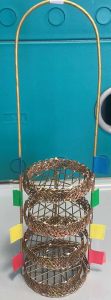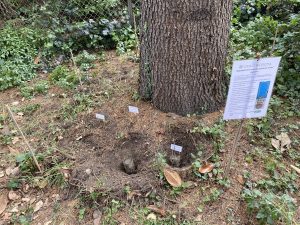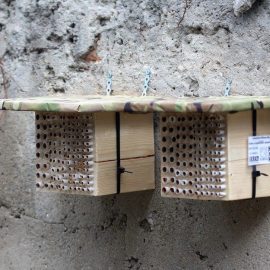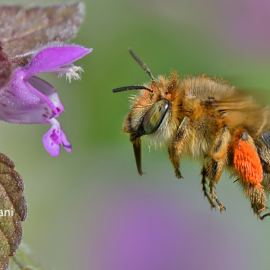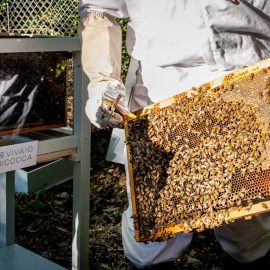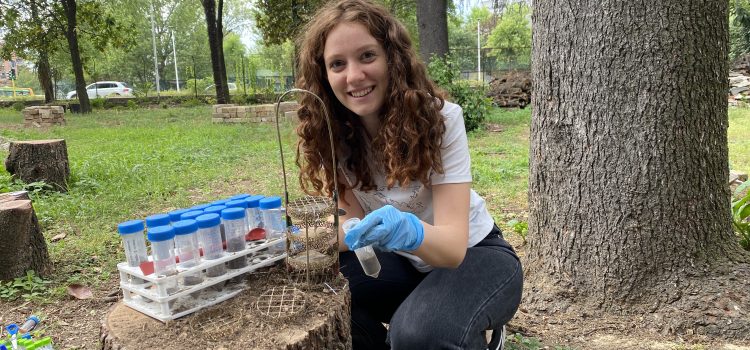
Hidden experiments: the degradation of polymers underground
The Vivaio Bicocca is a perfect place where the students from our university can observe natural phenomena, taking advantage of the flora and fauna which inhabit the green areas of the garden. However, there are experiments that we cannot see because they are going on underground. This is the case of some experiments carried out under the supervision of Paola Branduardi and Immacolata Serra, Full Professor and Assistant Professor of fermentation chemistry and biotechnology at the Department of Biotechnology and Biosciences. These experiments aim to assess the degradation of new experimental polymeric materials designed to have lower environmental impact.
The aim of one of the joint PhD projects between CORIMAV, the Department of Materials Science and the Department of Biotechnology and Biosciences is to make the tyre industry more sustainable and environmentally friendly.
The tyre industry generates, as any production process, great amount of waste during the production, the use and then the end of life phases of products. Clearly, the disposal management of tyres is an extremely important issue.
In addition, the transport industry is one of the most polluting; for instance, tyre particles are generated by the friction between the asphalt and the outer part of the tyre, called tread. To date, little is known about the fate of the tyre particles released in the environment, and about the toxicity of their degradation products, as they are still poorly characterized.
According to the circular economy paradigm, researchers and tyre companies are moving towards the production of more sustainable materials and in the meantime, they are trying to find solutions to manage the tyre debris constantly released in the environment.
The degradative potential of microorganisms offers a possibility for matching this goal. In nature, in fact, can be found microorganisms able to degrade different materials, such as plastic or rubber; moreover, not less than 25% of the biodiversity of our planet is in the soil, from vertebrates to microorganisms (bacteria, fungi, yeasts, ...). Therefore, through specific enrichment experiments it is possible to investigate this biodiversity and to identify microorganisms able to degrade complex polymers, including those that constitute tyres.
The experiments conducted at the Vivaio Bicocca by the PhD student Daniela Bucchieri go toward this direction.
The aim of these experiments is to analyse the microbial community of the soil and to determine how this community evolves over the time due to the proximity to the studied materials. These studies will hopefully lead to the identification of one or more poorly characterized microorganisms with the ability to degrade complex polymers.
In April 2021, grids with distinct layers (Figure 1) containing different rubber polymers were buried under the imposing Atlas cedar (Cedrus atlantica).
To check the degradation of the rubber polymers and isolate useful microorganisms, periodic sampling of the materials and surrounding soil are performed; the soil is then analysed in the laboratory for further studies.
The photos show the sampling after one year of burial.
The goal of this study is to observe how the microbial community of the soil evolves, comparing the biodiversity at the beginning of the experiment, after one year of burial and then with subsequent annual samplings. Therefore, it will be possible to observe whether the microbial community of the soil changes when it is in contact with the rubber-based polymers. Moreover, the results of this experiment will allow to establish how the release of substances from the different polymers affects other microorganisms which are not directly associated with the biodegradation process.

